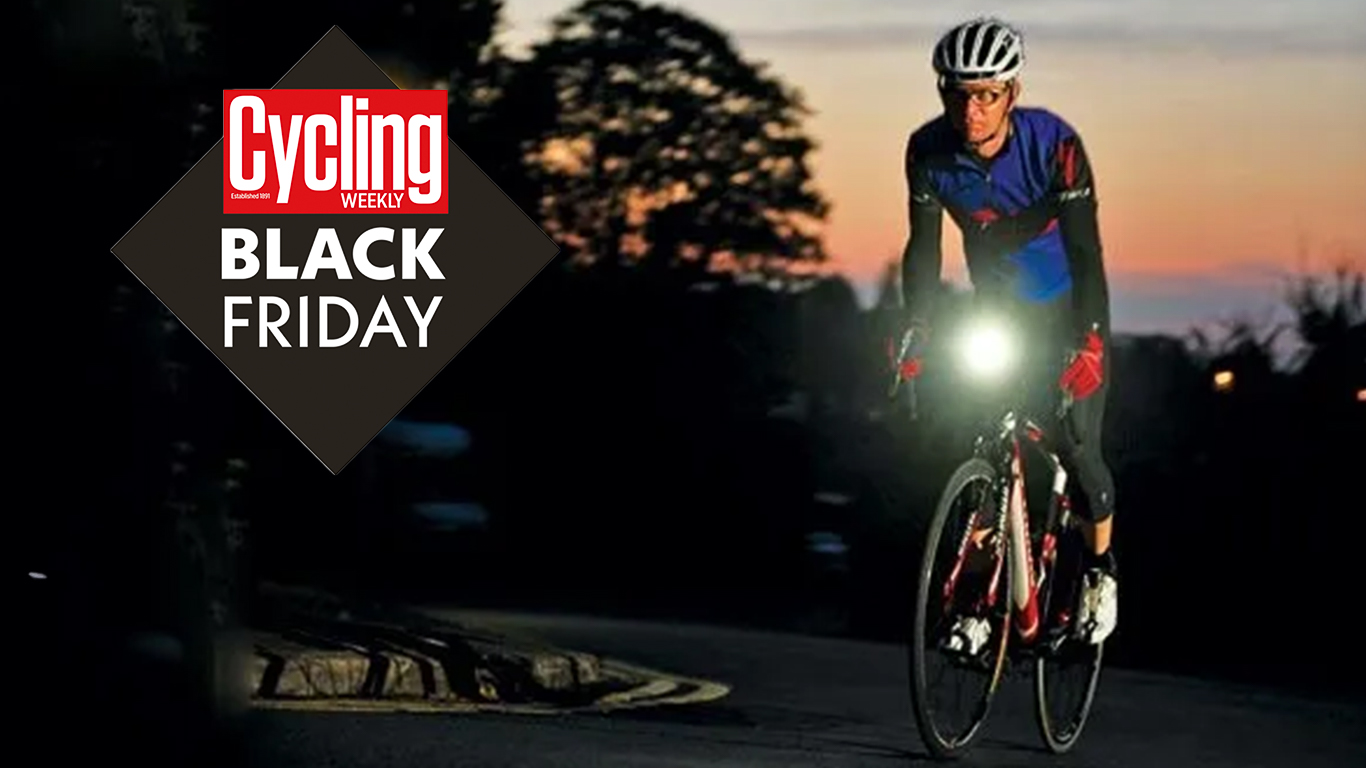
There is a huge selection of cycling lights on the market but I've found two brilliant Black Friday bike lights deals from renowned manufacturer Magicshine – who make some of the best bike lights on the market. Both models are carrying excellent discounts of up to 30% right now on Amazon.
Magicshine has the Cycling Weekly crown of the best front light with its ALLTY 1000 model and the best rear light, the Seemee 300.
These spotlighted deals are on the Magicshine RAY 2600B front light, discounted from $159.99 to just $119.99, and our best rear light the Seemee 300 tail light – which has an equally illuminating reduction from $59.99 to $44.99.
If bike lights aren't on your Black Friday shopping list then our Black Friday bike deals hub is packed with all the best cycling deals from bikes to clothing and everything in between.
If you fancy grabbing some Garmin tech then we have you covered there – our Black Friday Garmin deals page has highlighted great discounts on the best bike computers and smartwatches including the Garmin Forerunner 945 which has a brilliant reduction at Walmart.
How to choose cycling lights
How many lumens do I need?
With the advancements in LEDs and batteries, some of the best bike lights can be more powerful than car headlights. Lights are rated in lumens which means one lumen is around one candle's worth of visible light.
A front light for commuting should be at least 200 lumens, but the higher the number of lumens generally speaking the better – although you have to be aware of blinding other road users with mega-powerful lights. Ideally anywhere around 1500-3000 lumens will give you plenty of power, and have you covered for most situations.
A rear light doesn't have to be as bright as your front light and around 100 lumens will do the job but visibility range is key. Most rear lights will have a constant and flashing mode designed to increase visibility. Daylight modes also differ from standard night modes as they use flash patterns to attract other road user's attention.
Do I need a helmet-mounted light?
Bar-mounted lights should provide the majority of your lumens, providing a wide beam and as it's mounted below your eye line, it'll create shadows that help you to spot hazards like potholes and debris on the road.
A helmet-mounted light will shine where you're looking, helping you see anywhere your bars aren't pointing, and will also get you spotted easier by other road users.
If possible the best option is to have both helmet and handlebar-mounted lights simultaneously to get the advantages of both.
How much battery life do I need?
Most modern lights will have more than enough battery life to last for the entire duration of an average ride, but knowing exactly how much power your light can offer and has left is important. Some lights have green, orange, and red battery indicator lights, while others will show you the time or percentage remaining.
The best light brands will make big claims on battery life but keep in mind that many batteries are affected by temperature, and the cold can affect run time.
What type of battery is best?
Pretty much every light will use a rechargeable lithium-ion battery charged by a USB cable. Some lights will be completely self-contained, while others will use a separate battery pack. Gone are the days of changing a pair of AAA batteries, thankfully, but avoid these, as they are still sold.
For lights that have a battery pack, you'll need to find somewhere to put the power pack, either on your bike or in a backpack. Lights with external packs mean batteries can be replaced or upgraded, and some brands offer options with different capacities – which means they'll last a lot longer.







